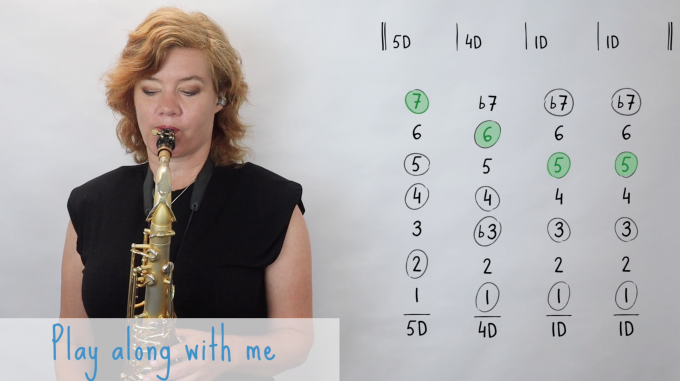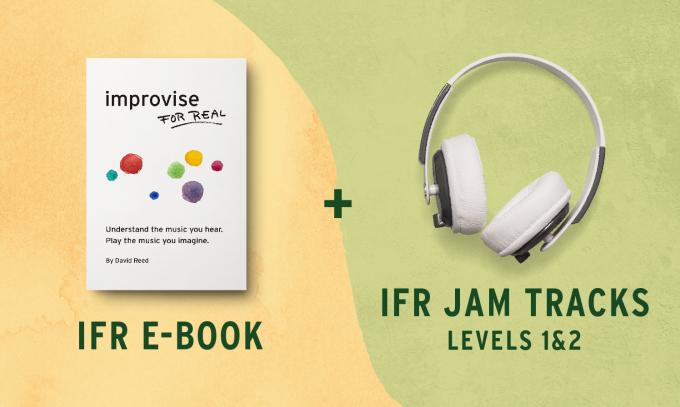Grab your instrument and practice improvising over the 2-5-1 chord progression with me! In this video I'll also show you how you can create a musical accompaniment on your instrument so that you can accompany other musicians or improvise over your own accompaniment.

